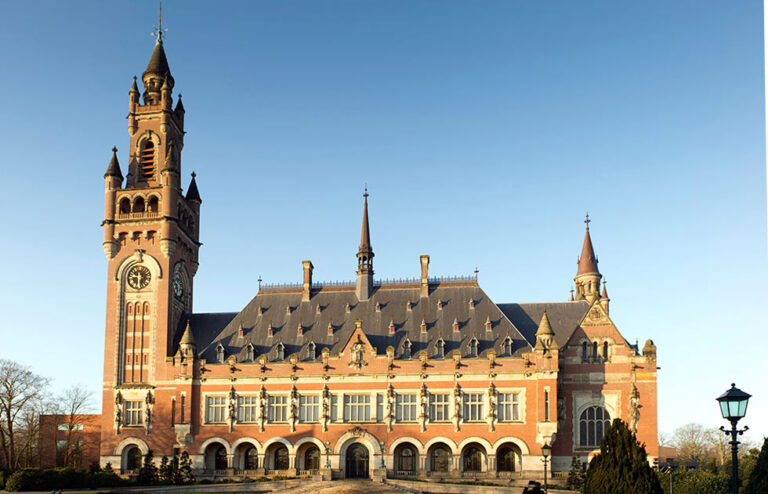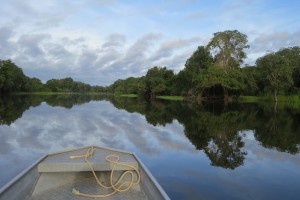
Amazon River
Amazon River
 By Dr. Indira Khurana*
By Dr. Indira Khurana*
Rivers for climate resilience
One major manifestation of climate change is the impact on water. So how is climate change affecting our rivers, and through rivers, us?
For a start, rapid melting of glaciers will increase flow in rivers, causing floods, and as glaciers melt away, glacier fed rivers will gradually run dry. In the Indian Himalaya, small glaciers of less than 1 sq km have been retreating quickly. In the Chenab basin in Himachal Pradesh, the area of small glaciers has decreased by 38 per cent between 1962-2004, while the area of large glaciers (greater than 10 sq.km) has decreased by 12 per cent in the same period.

As the monsoon pattern changes, increased precipitation within short intense spells will lead to floods in rivers and flooding of adjacent areas. This year, up to August 2021, India witnessed several extreme weather events, affecting humanity and the ecology, with widespread devastation from rural, urban and semi-urban areas, all in the time of COVID 19. Since the last few months, different parts of India are witnessing devastating floods: Assam, Bihar, Uttar Pradesh, Maharashtra, Andhra Pradesh, Himachal Pradesh, Tamil Nadu and many more.
With the symbiotic relationship between groundwater and rivers disrupted in most places, rivers will turn seasonal, dry up, and lead to drought. These are no longer projections and predictions. Drought in the US has led to decline in water availability in rivers such as the Colorado. Droughts, floods extreme weather events are increasing in intensity all the way from Madagascar in Africa to Iran in Middle East, to Asia and South America’s Pentanal, the world’s largest tropical wetland. In the first half of 2021 itself, drought was prevalent in most continents.
Climate change is already affecting the lives, livelihoods, health and other social indicators of people in the river basin, and the first to take a hit are the poor river communities living along river banks. As disasters increase, so will displacement, distress and migration, with incalculable health, psychological, social and economic burdens. As water-related disasters continue to rise making unsustainable demands on humanitarian aid – in addition to the aid required for COVID 19 and continuing and increasing conflict – it is time to face water challenges head on by strengthening efforts on adaptation for developing resilience.
According to the United Nations Framework Convention on Climate Change (UNFCC), adaptation refers to adjustments in ecological, social or economic systems in response to actual or expected climatic stimuli and their effects or impacts. Climate resilience can be loosely defined as the adaptive capacity of a socio-ecological system to absorb stresses and maintain function in the face of external stresses imposed by climate change.
Countries and their peoples now need to strengthen adaptation capacities and develop resilience to the somewhat unpredictable challenges that climate change throws up. Climate resilience and adaptation is now key, and for this, the role of rivers needs to be understood. How we respect our water resources including rivers will determine how well we will be able to develop resilience and adapt to this change.
Respecting rivers
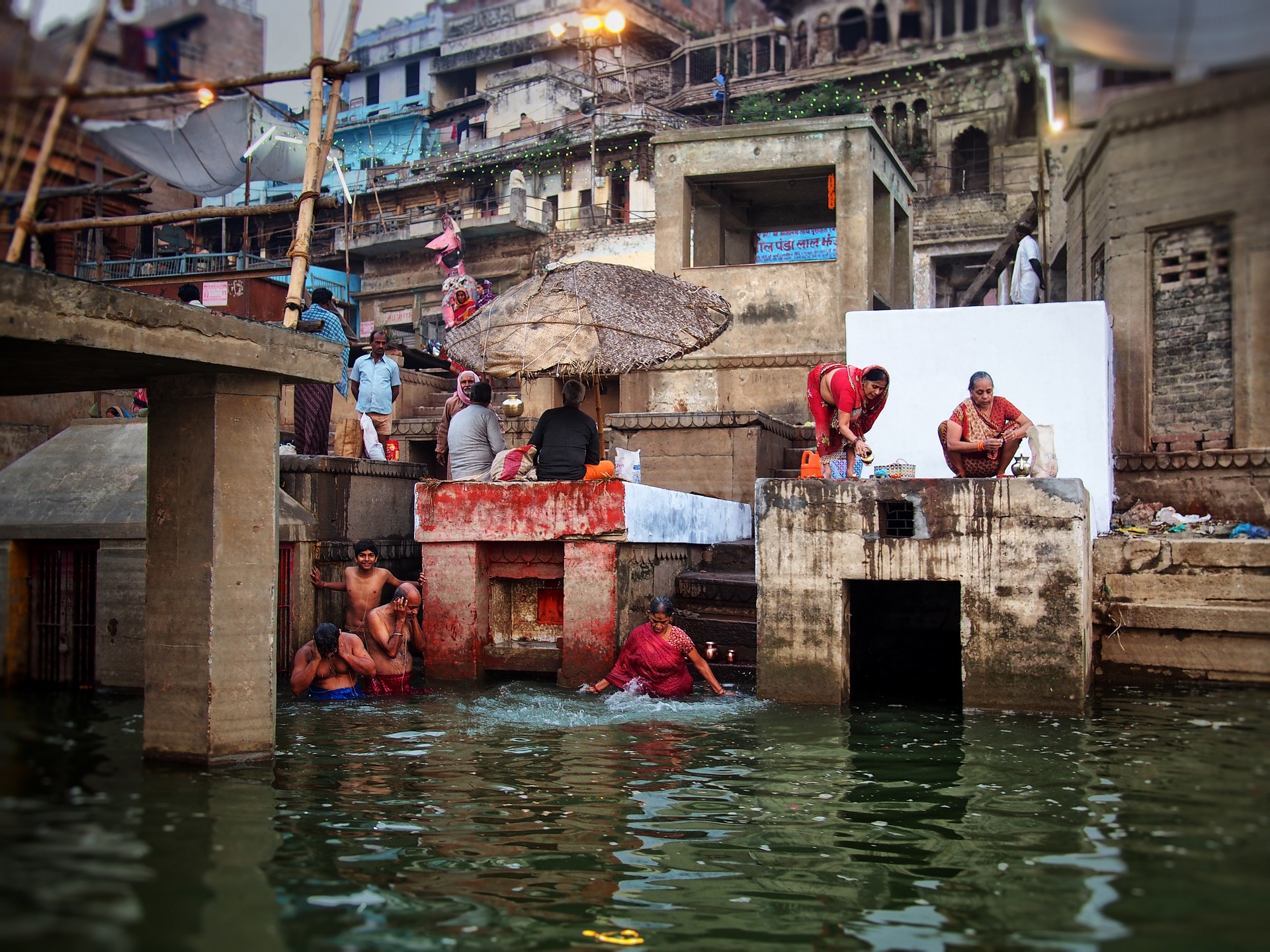
A river, its catchment, basin and floodplain form a water course made by nature over an evolutionary time scale of millions of years. Himalayan rivers such as the Alaknanda and Bhagirathi, both tributaries of the Ganga, the Indus and the Brahmaputra are probably older than the mountains they travel through. Evidence indicates that the Himalaya rose so slowly that these older rivers could continue to flow through their original channels and rise with the mountain range.
Rivers are living ecosystems that link various elements of nature including humans. Ancient civilizations such as Mesopotamia civilization in the Tigris-Euphrates river system, Egypt civilization along the Nile and the Indus valley civilization, all grew and drew sustenance from river. Human health is linked to the health of rivers.
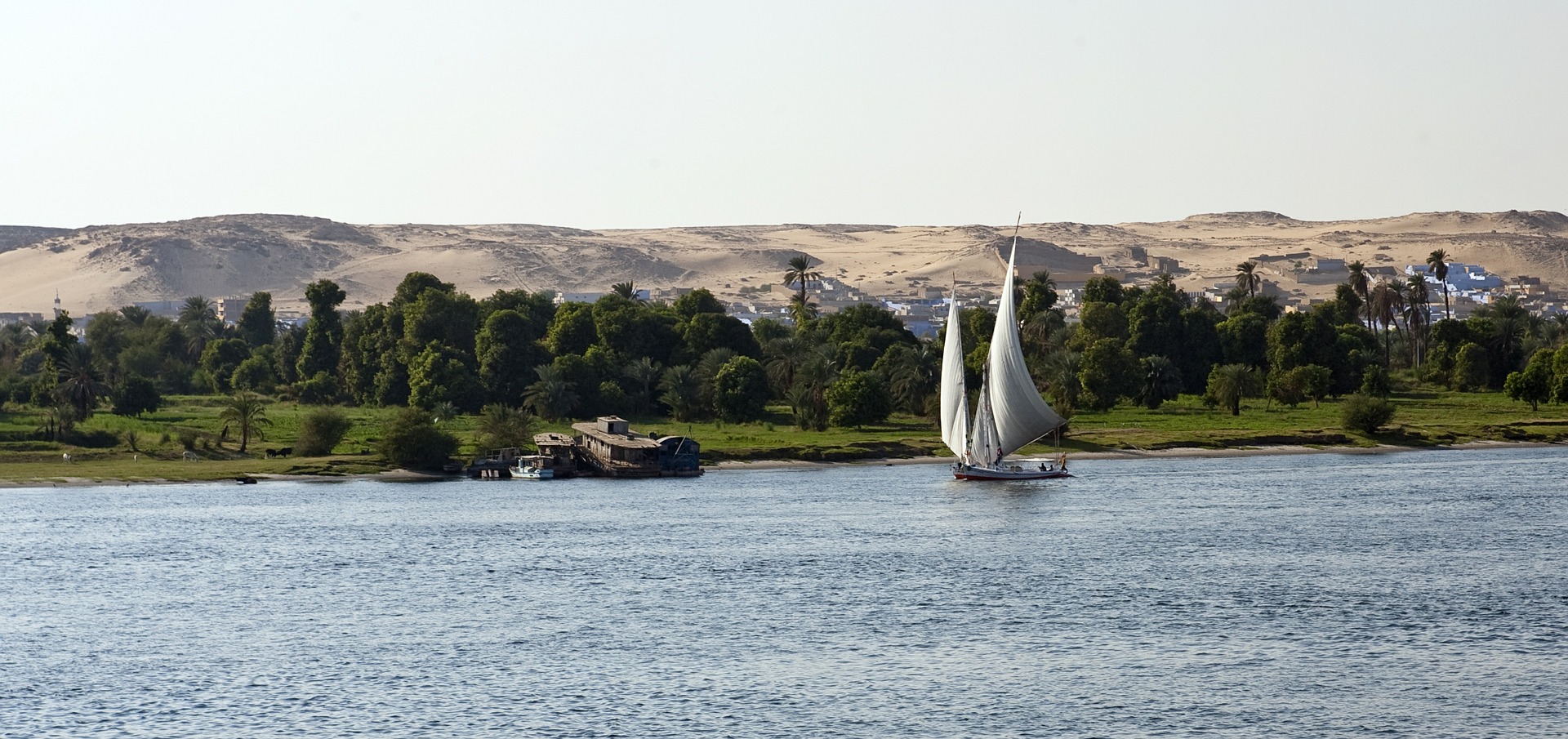
Rivers support life in all forms. Rivers support biodiversity within their waters and outside of it. Rivers provide bare essentials of drinking water and food, and when allowed to flow unfettered and pure, enable clean water to flow into wells. Rivers help maintain a balance with groundwater aquifers, enabling water availability during water scarcity and drought. Rivers and their floodplains help soak up excessive rains, thereby reducing flooding intensity, sometimes even preventing it.
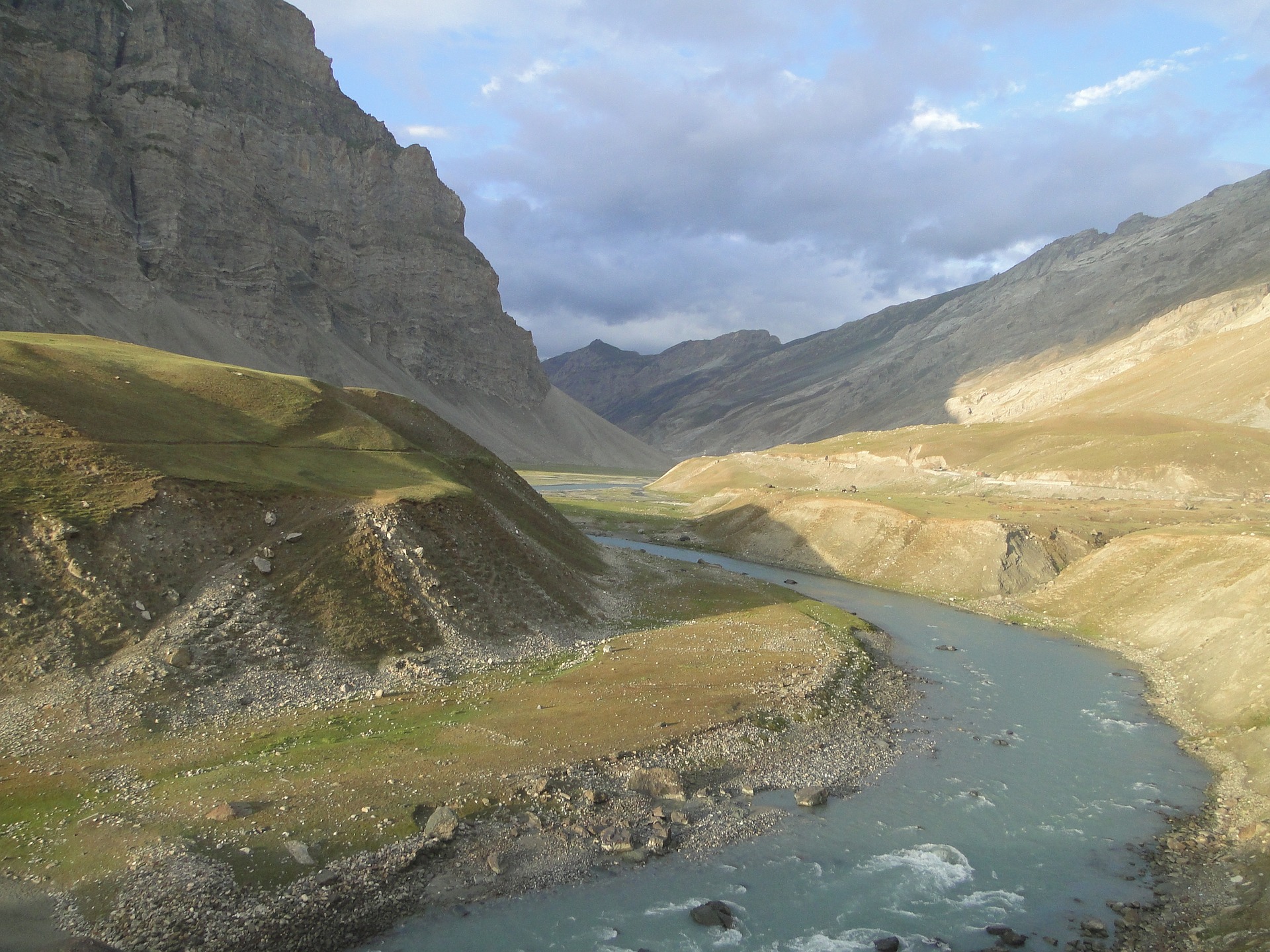
Rivers are melting pots of culture and spirituality. Several rivers are considered sacred around the world. These rivers include the Ganga, Yamuna, Narmada, Cauvery and others in India, Baghmati in Nepal, the Jordan river in the Middle East, the Columbia and Missouri in the US, Whanganui in New Zealand, Indus in Tibet in Pakistan and Tibet, Klabona headwaters in Canada, Osun in Nigeria and the Urubamba in Peru.
Rivers are thus so much more than water. The health of rivers is linked to human health: Without rivers there will be no life. And yet, this wisdom fails to inform policy, behavior and action.
The ravaging of rivers
Climate change however, is a new villain on the block.
For years humankind has ruthlessly tampered with river systems. Floodplains have been encroached upon, straitjacketing their flow with disastrous consequences. Catchments have been destroyed and forests cut. Over-extraction has affected their flow and several perennial rivers have now turned seasonal. Some have even disappeared. Dams and barrages have affected the river ecology and the habitat of river species, caused disasters and displacement. Sand mining has altered river beds, result in a river changing course and causing floods. Domestic, sewer and industrial pollution have affected water quality and turned to receptacles of human generated waste.
A paper on the location and extent of the planet’s free flowing rivers published in Nature in 2019, informs that only 37 percent of the world’s longest rivers remain free flowing. Nearly 60,000 dams have been built worldwide, with more than 3,700 under construction or planned.
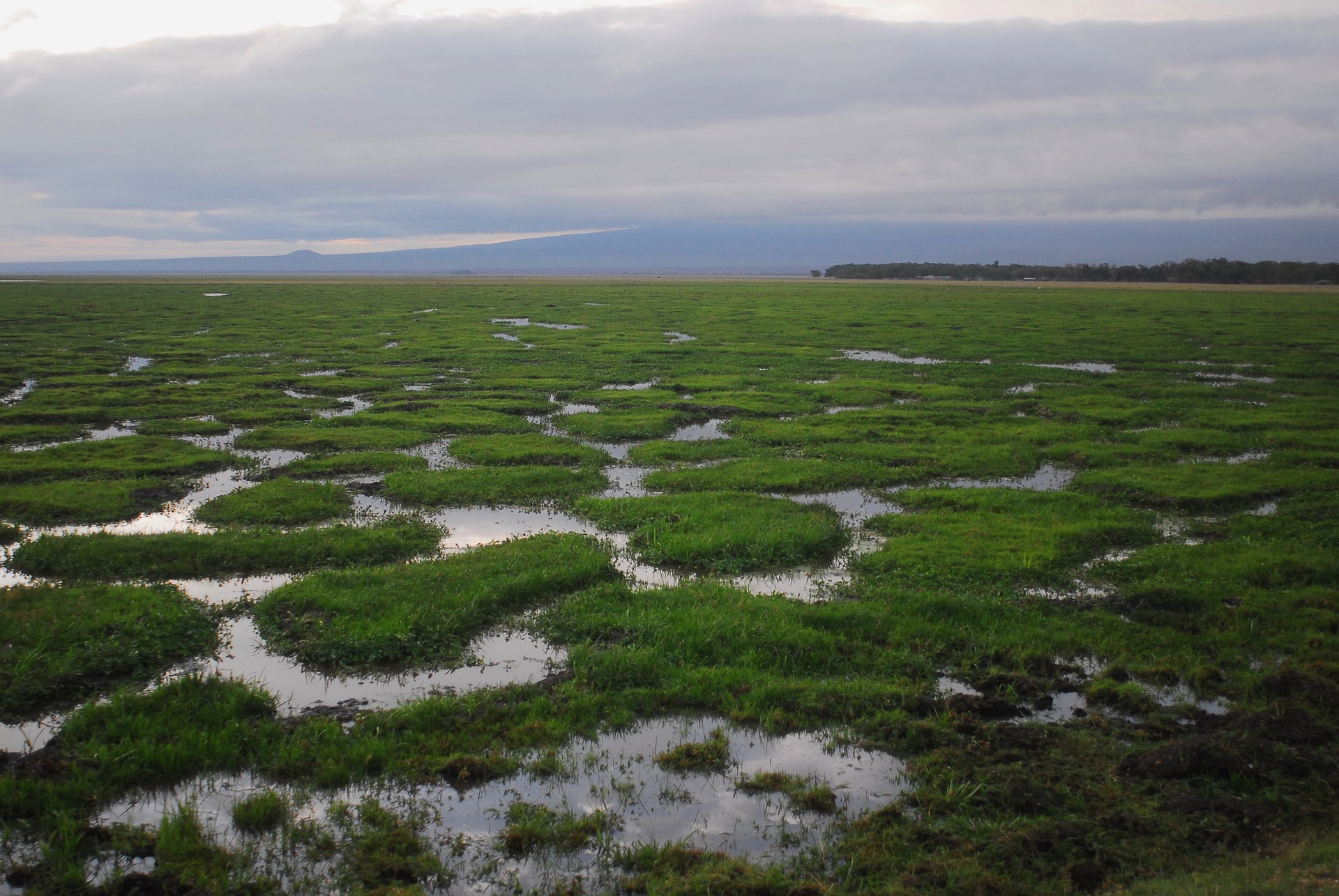
As interventions in the name of development grew, the health of rivers declined. Some streams and rivers have even disappeared. This decline has led to an increase in disease such as cancers. As species disappear and the food chain gets affected, threats of new diseases and even pandemics loom large.
Ironically while rivers offer good adaptation measures, these also face threat due to shifts to hydropower as source of renewable energy.
The balancing act by rivers
Rivers and groundwater aquifers share a mutually beneficial relationship. Replete aquifers provide to base flows. During the monsoon, it’s payback time for the river as it replenishes the aquifer. Floodplains provide space for rivers to spread their water. In the dry season, as river levels fall below groundwater levels, it gets its flow from the aquifers. There are underground interconnections between the two below the ground and it is important that the two remain connected.
The above is an ideal scenario. As groundwater levels fall, the link between the symbiotic connection snaps. Its therefore important. As both river flows continue to be tampered with on one side, and groundwater extraction continues unabated on the other, water resources simply run out, tipping the balance towards water scarcity, or floods.
Strengthening focus on building resilience and adaptation through rivers
Rivers can significantly help in adaptation and developing resilience. And yet, rivers are not given the importance they deserve. This is also a reflection on the fact that climate change adaptation has yet to be taken seriously.
In the Paris Agreement on Climate Change, 2015, rich countries pledged to provide USD 100 billion a year from 2020 to help the poorer countries tackle climate change through mitigation and adaptation action. While some 80 billion USD seem to have been delivered, for 2021, the figure now will be USD 120 billion. There has been a major demand from vulnerable countries that 50 per cent of the climate finance be provided for adaptation – so far only 20 per cent has been provided towards adaptation. Global inequality and lack of voice has ensured that a large proportion of this 20 per cent has not reached the most vulnerable. However, funding alone will not be enough, since the quality of expenditure, and where it is spent also matters.
If climate action adaptation plans are to be effective, these will need to incorporate rivers into their plans. River ecosystems will need to be revived, regenerated and rejuvenated.
Rivers and their floodplains have the potential to function as sponges for climate change, absorbing excess water and pushing it into groundwater ‘banks,’ and offering water in times of drought. When the rivers are allowed to flow uninterrupted, water is available year-round.
Rivers carry sediment flow to the ocean. Over time these sediments accumulate to build up a delta. A delta deprived of sediment flow is in danger of being inundated. These sediments also help reinforce river banks and provide nutrients to agricultural lands and mangrove forests. Dams block sediment flows tend to accumulate behind the dam, thereby reducing storage capacity and is one of the causes behind the shrinking and sinking of deltas. Rivers, therefore must be allowed to flow.
Climate resilience is strengthened through healthy ecosystems, of which rivers are key. Says Stockholm Water Prize winner, Dr. Rajendra Singh, “We must link the hearts, minds and action of the people with rivers for a healthy ecosystem and for our own health, peace and security.”
The first step is to understand rivers. According to the late Dr. GD Agarwal, who sacrificed his life for the Ganga, ‘A river is self-flowing, carrying water from the snow, rain, under the ground, flowing continuously, pure and free from the origin to the confluence. From ages, freely touched by the sun, air and soil, a river is never bound, given life by nature and giving life to nature.’
From understanding a river and connecting to it, will emerge appropriate action.
*Indira Khurana, PhD has been working on water and natural resources for more than two decades.


